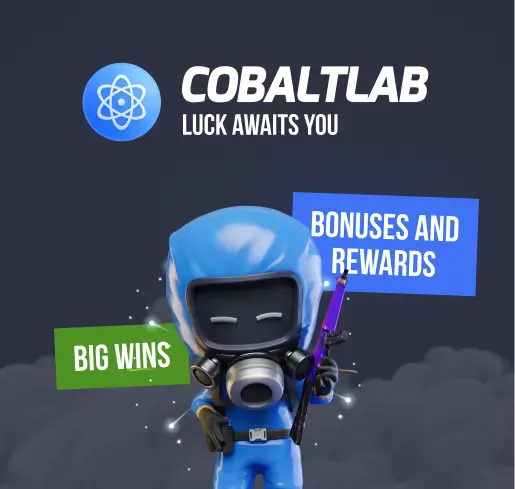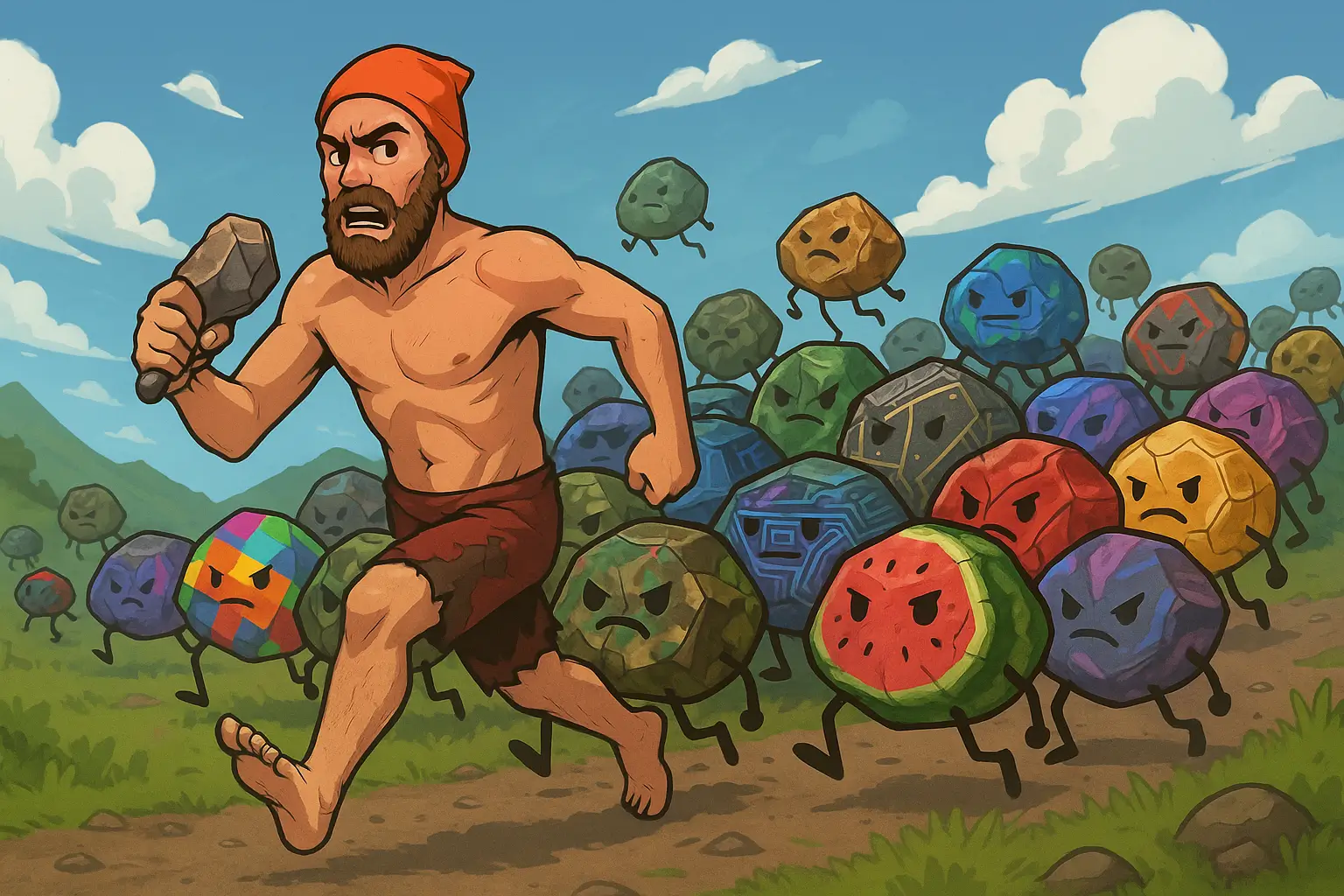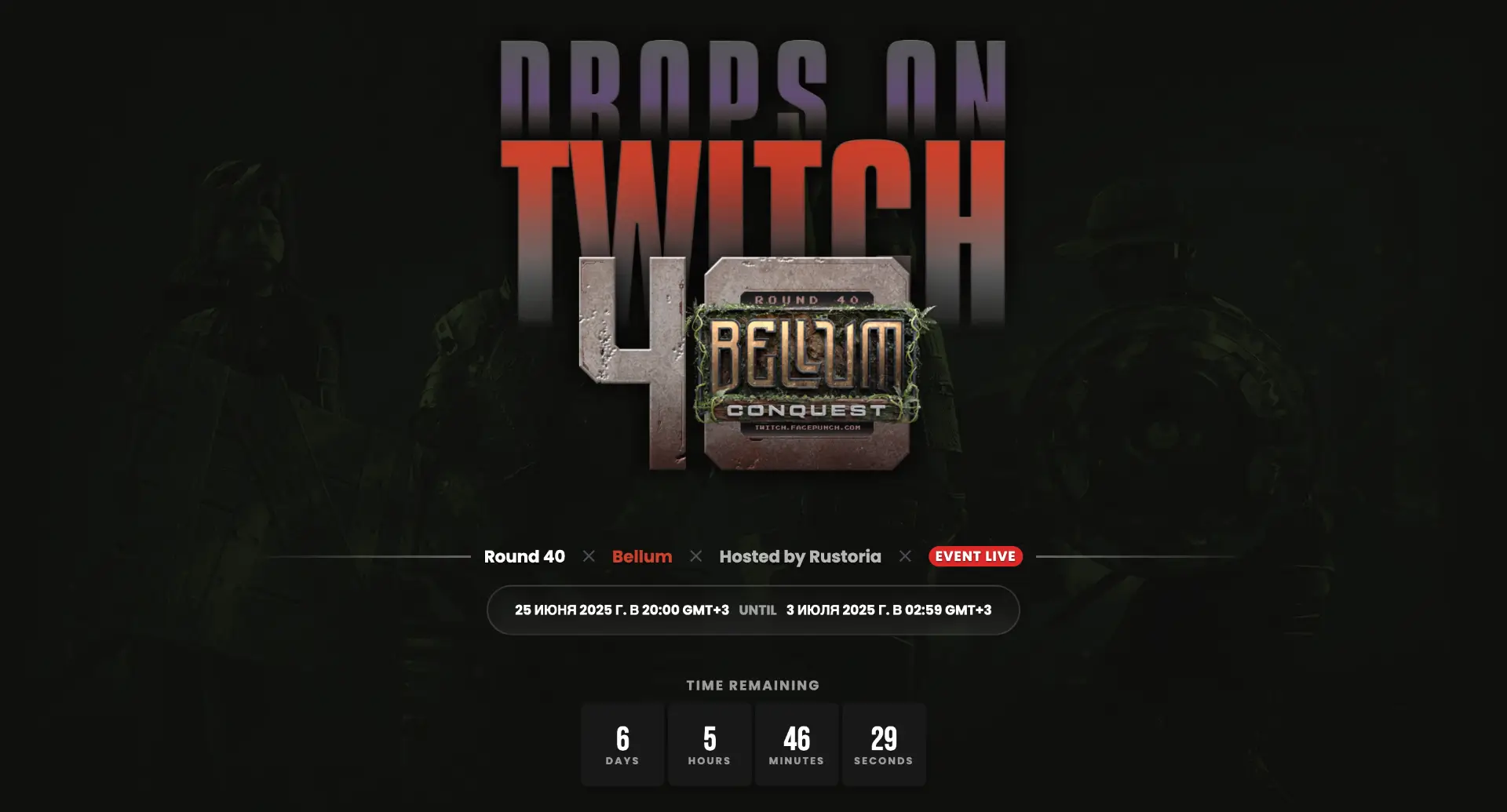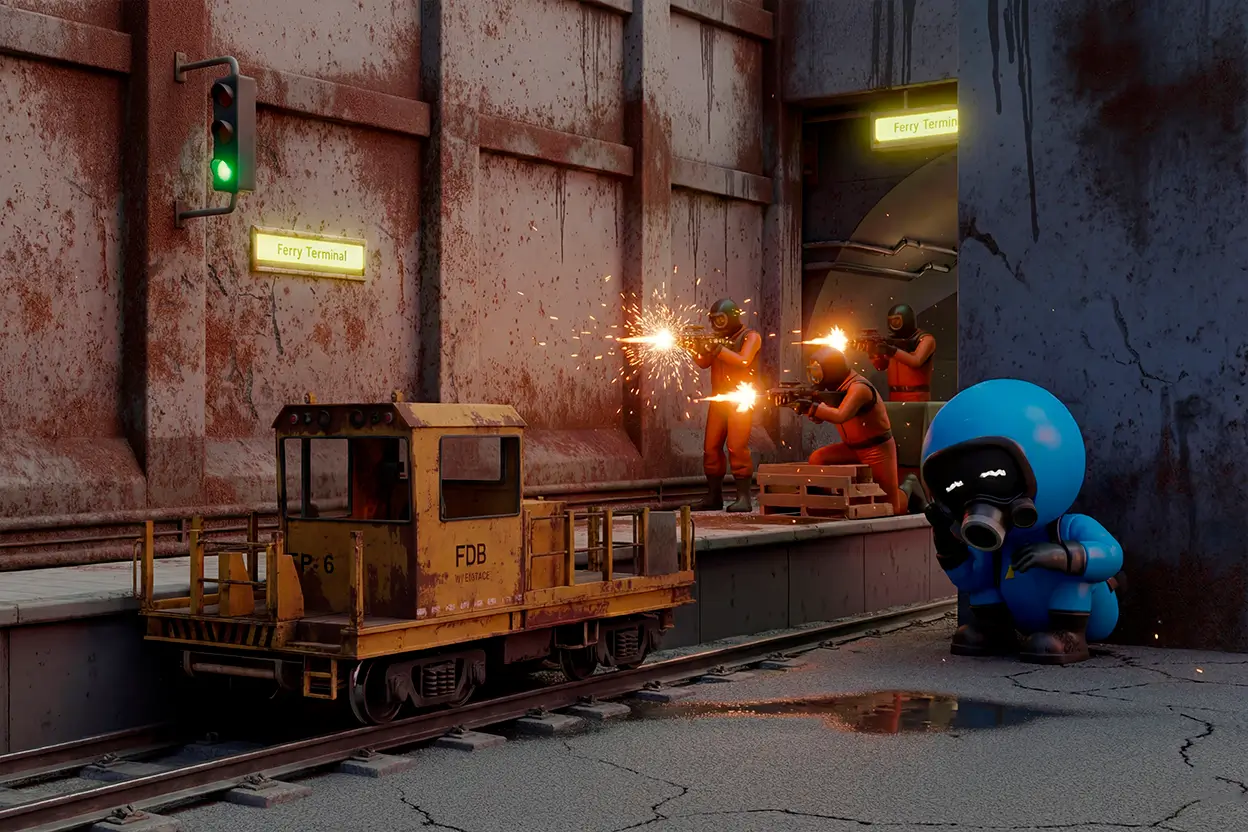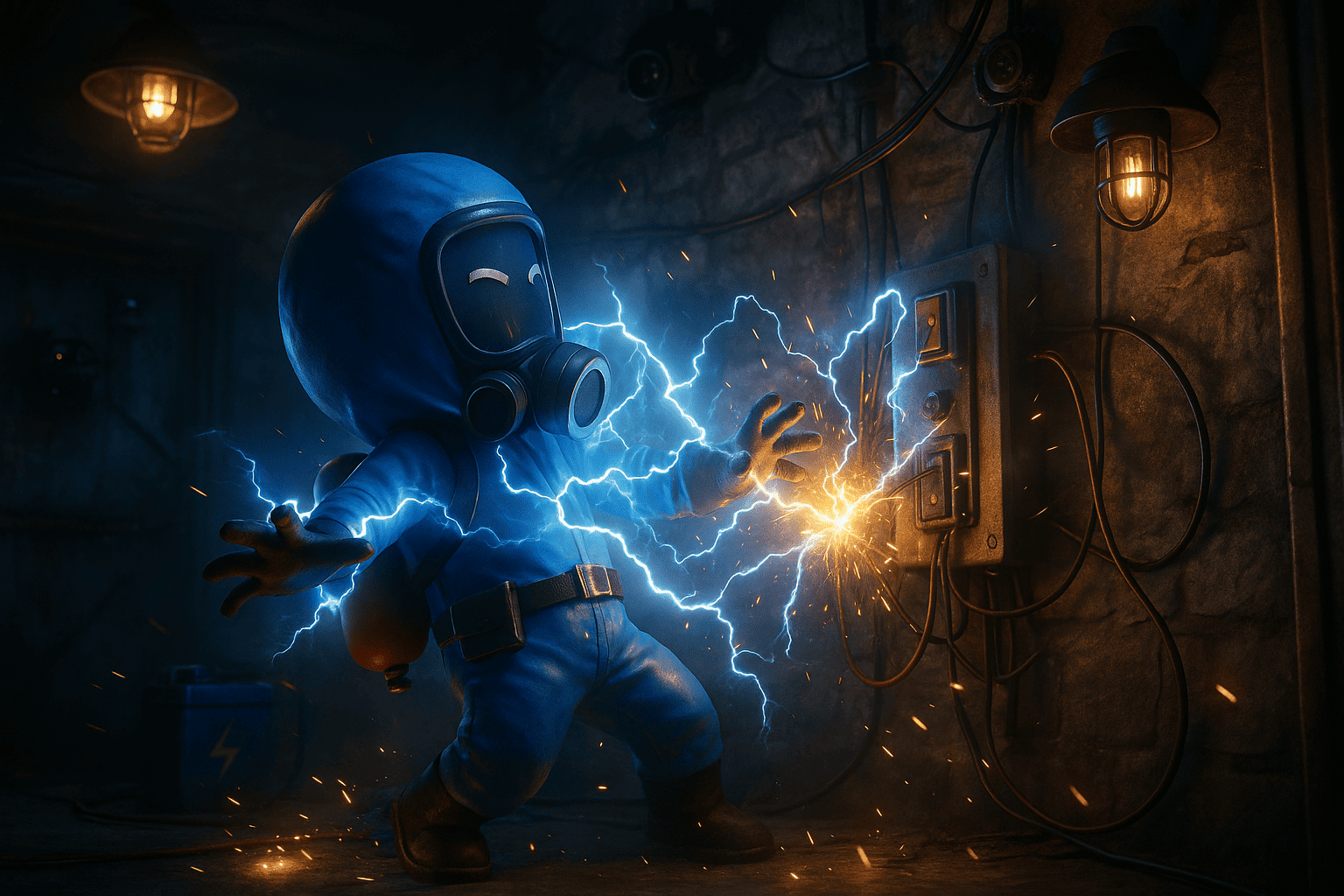Rust is unforgiving. Every mistake can cost you hours of progress, and survival often comes down to preparation and smart decision-making. Just like in Cobalt Lab, where strategy and risk management go hand-in-hand, your success in Rust depends on how well you plan and execute each move.
Tools First - Always
In your first minutes after spawning, skip weapons and craft tools first:
- Stone Hatchet (200 wood + 100 stone) — chops wood twice as fast.
- Stone Pickaxe — essential for mining nodes efficiently.
Tools speed up resource gathering, helping you place your Tool Cupboard and start upgrading your base quickly.
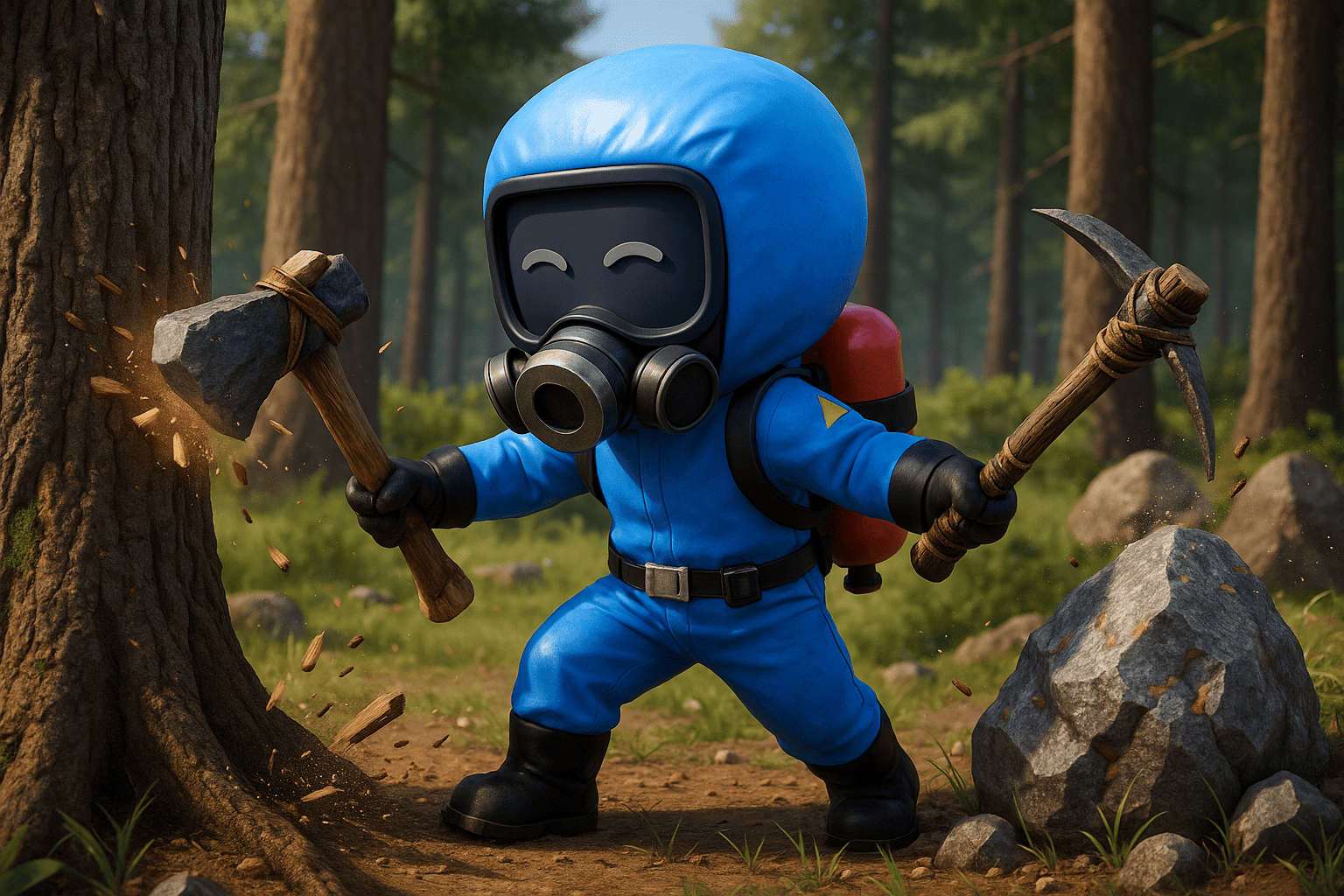
The Bow - Your First PvP Power Spike
The bow is king in the early game:
- Cost: 200 wood + 50 cloth.
- Ammo (arrows): 25 wood + 10 stone.
- Range advantage: easily beats spears in distance and damage.
Pro tip: shoot from elevated positions to increase your headshot chances.
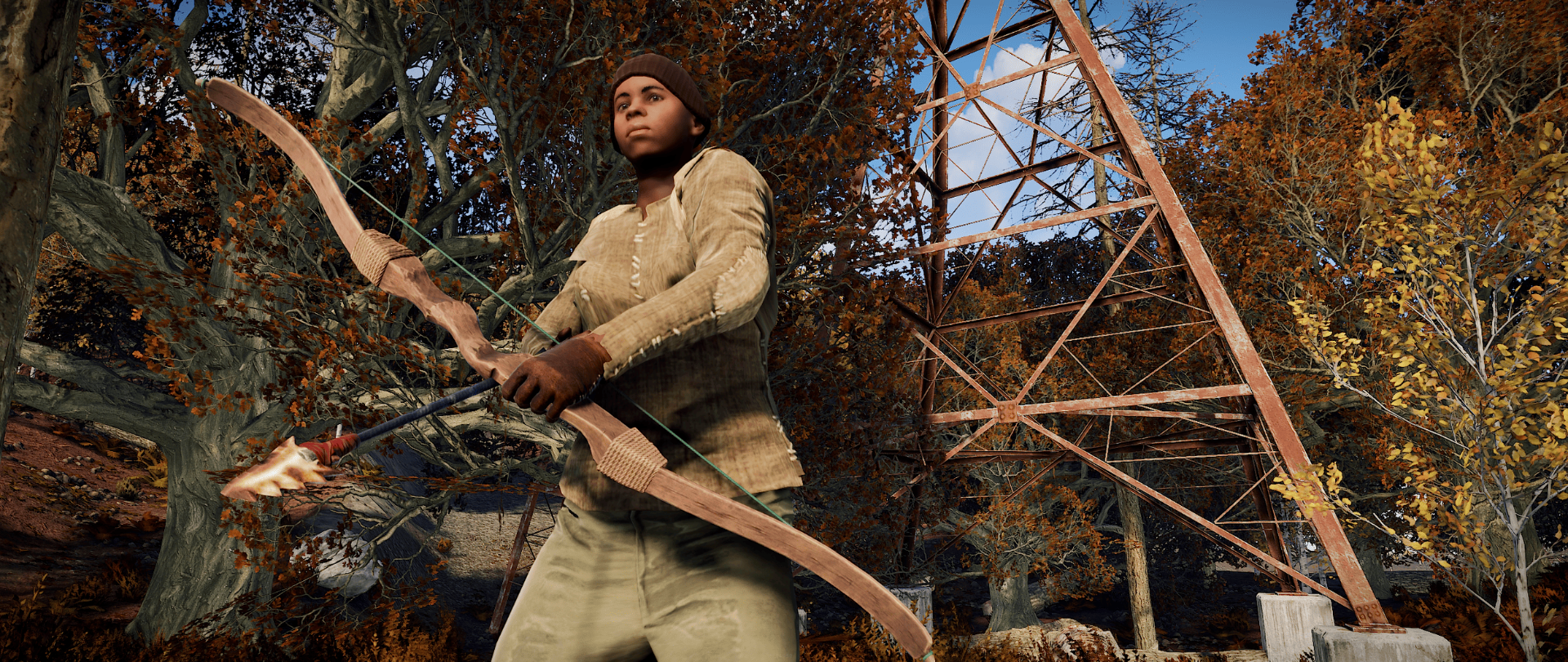
Components & Blueprints
Key components:
- Springs — for SMGs and semi-autos.
- Gears — for doors and armor.
- Rifle bodies — for assault rifles.
Early wipe: focus on blueprints via scrap and research tables. Without them, even with resources, you can’t craft high-tier gear.
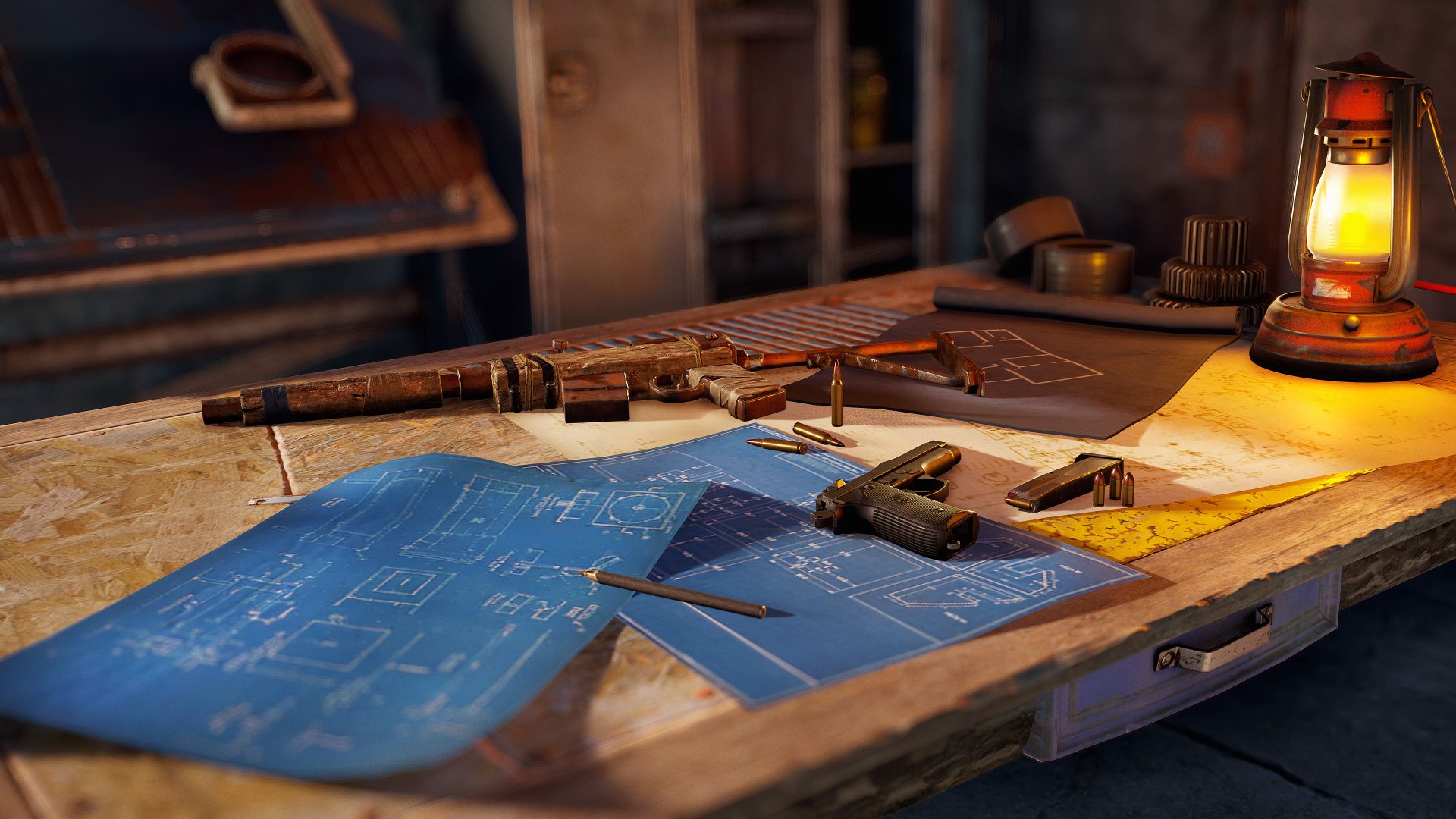
Monuments - Resource Hubs and Danger Zones
Monuments are treasure troves for recyclers, rare components, and loot — but also PvP hotspots:
- Tier 1 (Supermarket, Gas Station) — safer for solo play.
- Tier 2–3 (Airfield, Oil Rig, Launch Site) — top-tier loot with higher PvP risk.
Like in Cobalt Lab, knowing when to take risks and when to hold back is key.
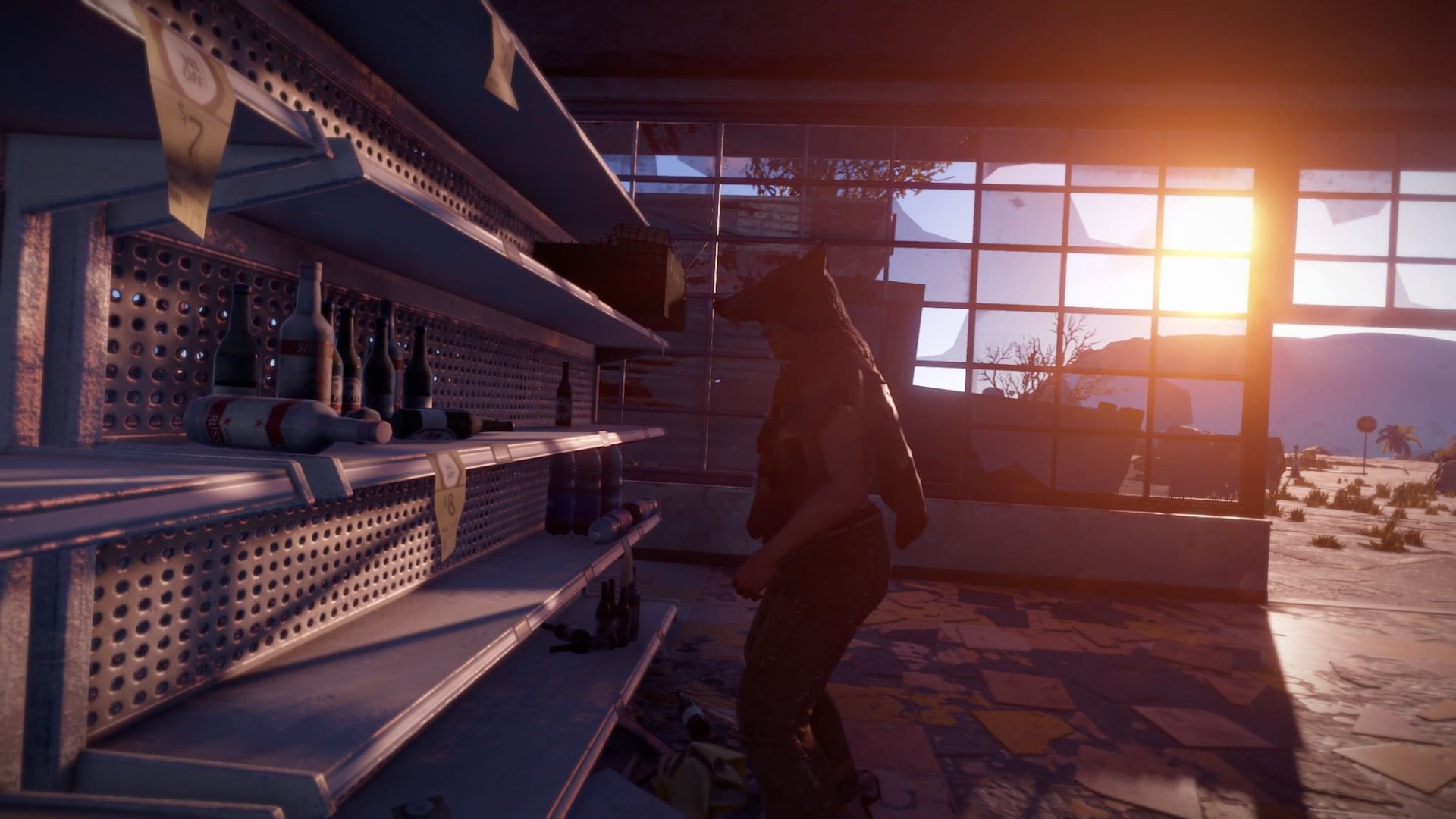
Early Low Grade Fuel - Power for Your Progress
Without low-grade fuel, you can’t:
- Power boats or vehicles.
- Smelt sulfur or metal in furnaces.
- Light up your base at night.
Farm animal fat + cloth from animals, or loot red hazard barrels along roads.
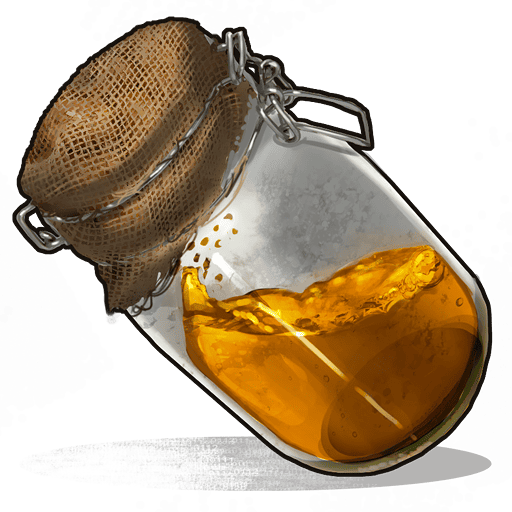
Base Upgrades - Your First Defense
Every upgrade increases the raid cost:
- Wood → Stone — protects from basic tools.
- Stone → Sheet Metal — requires explosives.
- Sheet Metal → Armored — only top-tier explosives can break it.
Add airlocks and honeycomb layers for extra protection.

Aim & Reaction Training
PvP in Rust rewards accuracy and quick reflexes:
- Battlefield servers — instant respawn combat practice.
- Combat Tag — duels and team fights.
Cobalt Lab’s gambling modes train similar skills — decision-making under pressure and reaction timing.
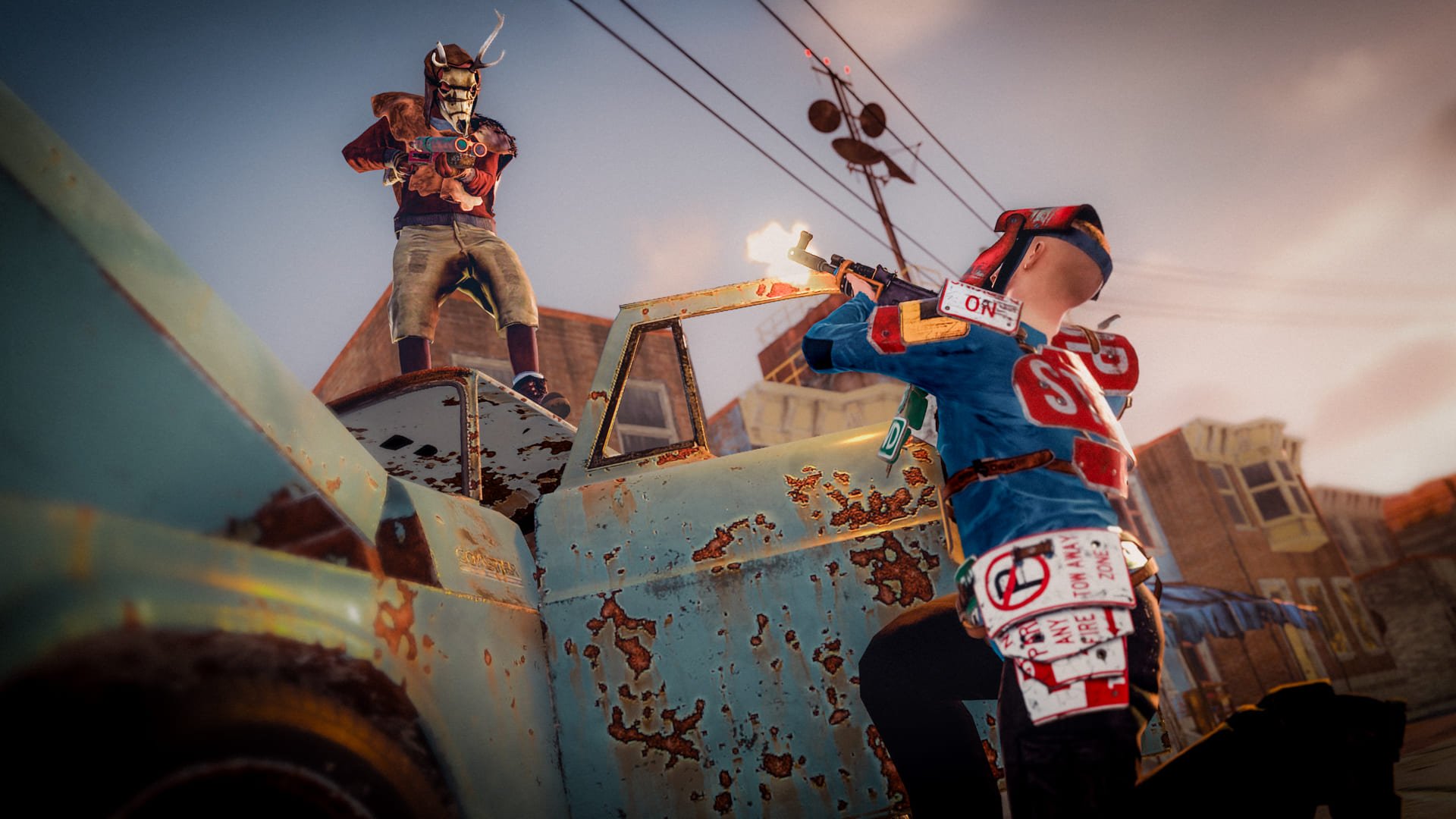
Silent Raiding - Stealth Over Noise
For low profile raids:
- Use Explosive 5.56 ammo with a suppressor.
- Sheet Metal Door = ~65 shots.
Advantage: minimal noise. Drawback: slower, risk of being interrupted.

Satchel Raiding - Budget Booms
Four satchels can destroy a Sheet Metal Door — unless you get dud charges. Cheap, noisy, and ideal for mid-game raiding when C4 is out of reach.
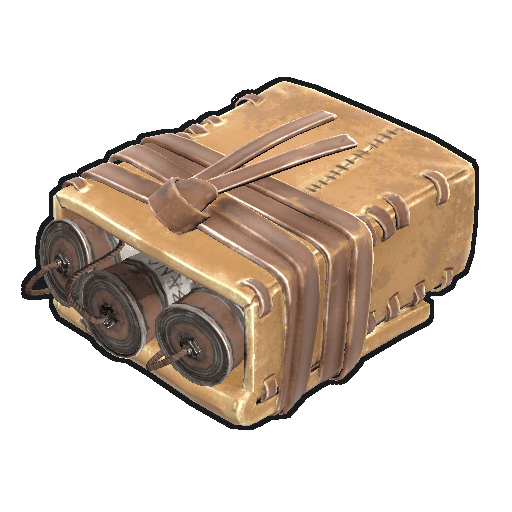
Survivor Habits
- Multiple sleeping bags — control where you respawn.
- Stashes — bury valuables to avoid losing everything in a raid.
- Upkeep checks — ensure your base doesn’t decay while offline.

Base Location - Half the Battle
- Snow biome: low player traffic, requires warm gear.
- Desert: rich in nodes, hot temperatures.
- Forest: abundant resources but higher ambush risk.
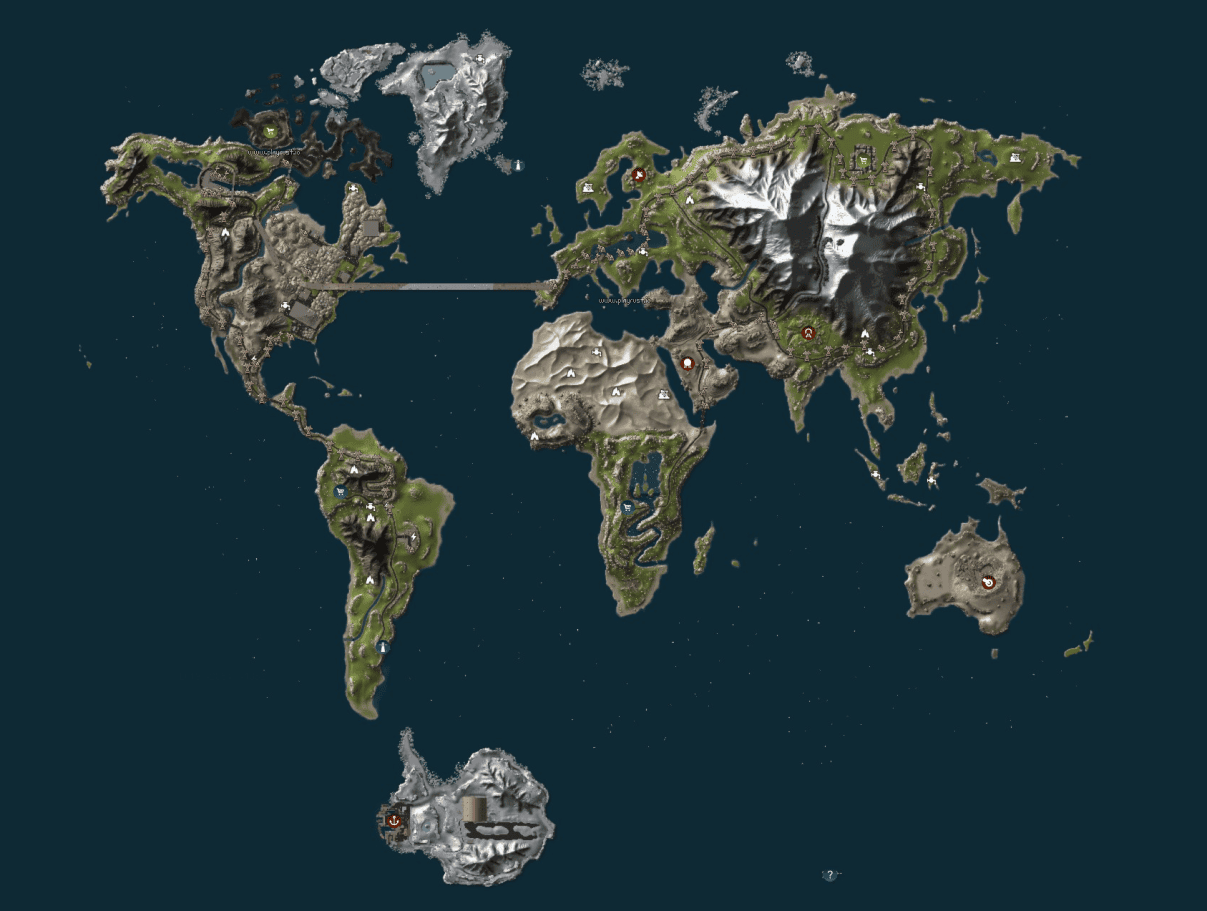
Food & Water Security
- Rivers: pumpkins and corn (replant seeds).
- Fishing traps: cloth + wood, bait with food.
- Hunting: meat, fat, hides from animals.
Wells: fill bottles for long trips.

Monument Loot Progression
- Tier 1 — basic loot.
- Tier 2 — mid-tier gear and weapons.
- Tier 3 — rare weapons, rad suits, and components.
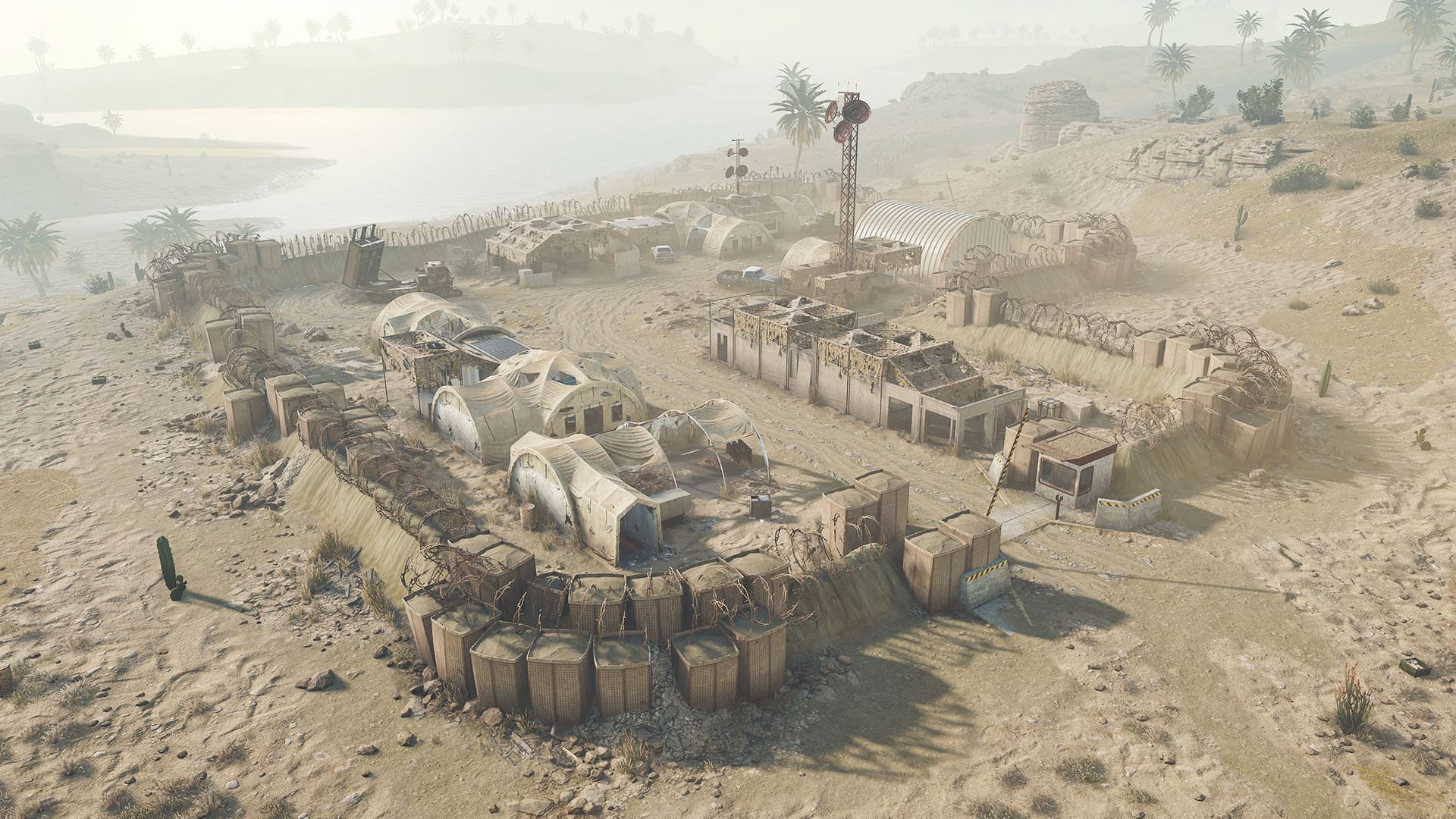
Combat Tactics
- Zig-zag running to dodge bullets.
- Crouching for silent movement.
- High External Walls for instant cover.
- Bolt-action + 4x scope for long-range defense.
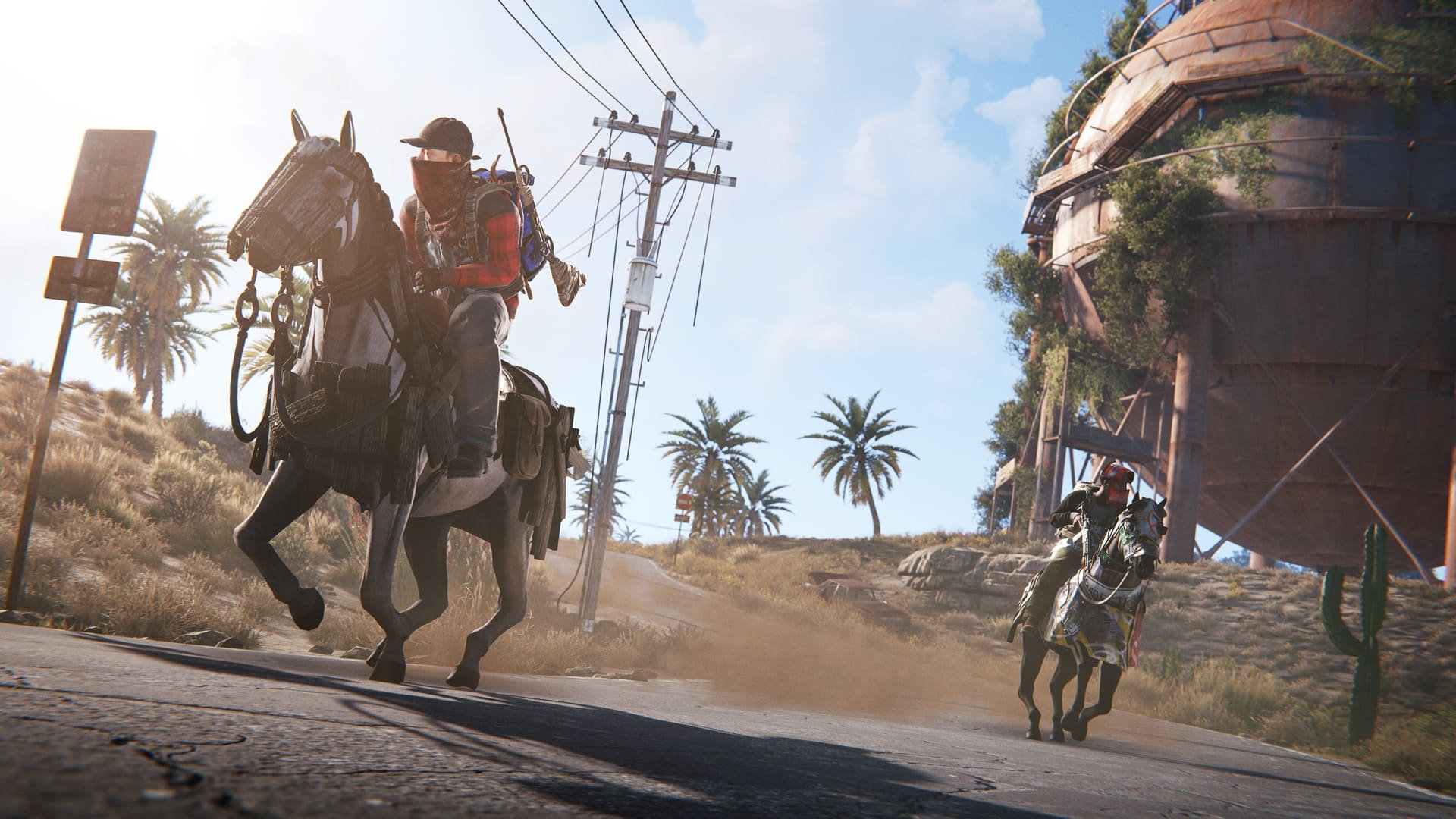
Raid Prep - Essential Checklist
- Enough explosives for your target.
- Armor and meds.
- Nearby respawn point.
- Ammo reserves.
- Escape plan.
Rust is like a real-time chess match, where each move matters. Play smart, prepare for the unexpected, and don’t be afraid to take calculated risks. And just like in Cobalt Lab, the perfect balance of caution and boldness will set you apart from the rest.
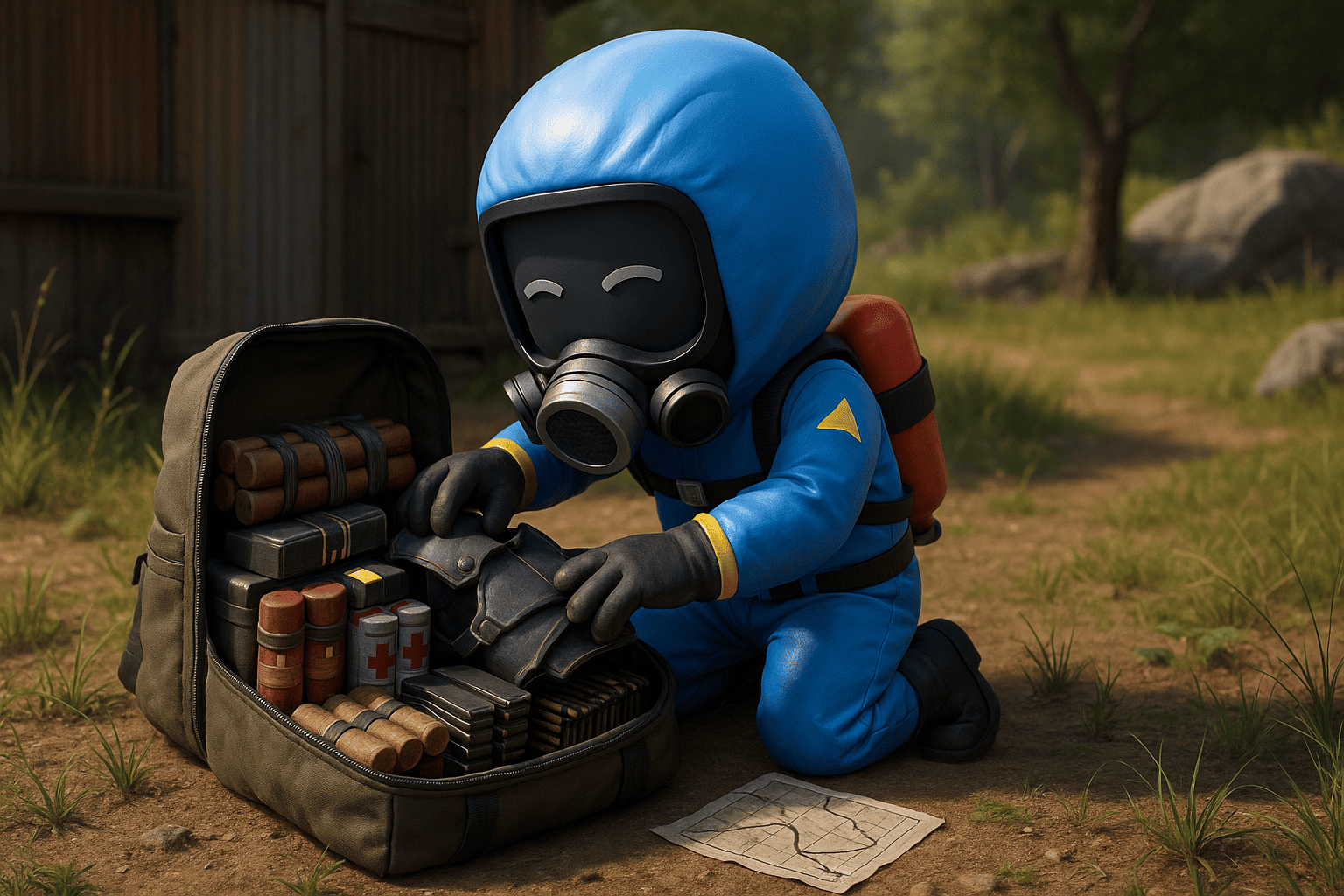
💡It will be interesting as well:
